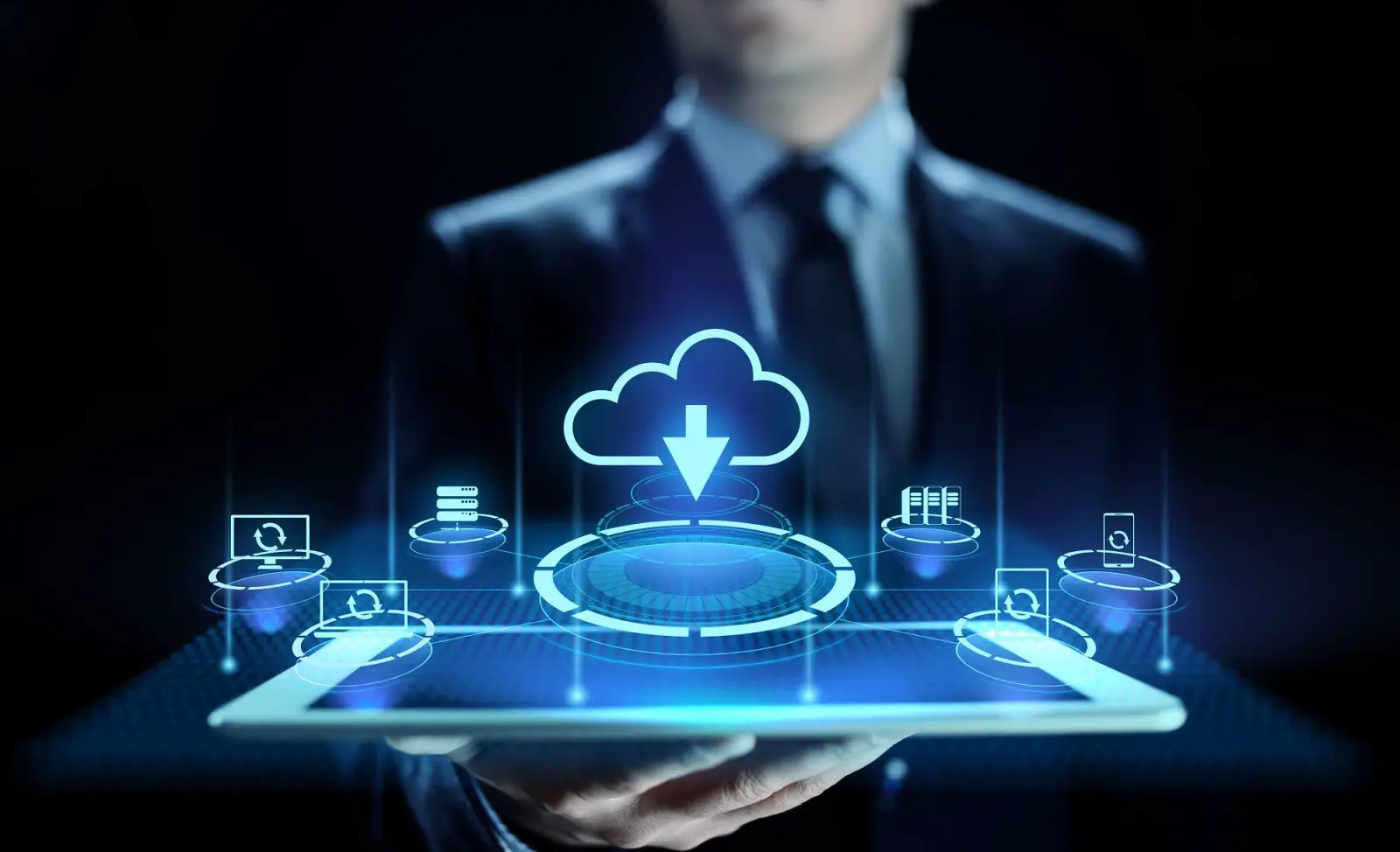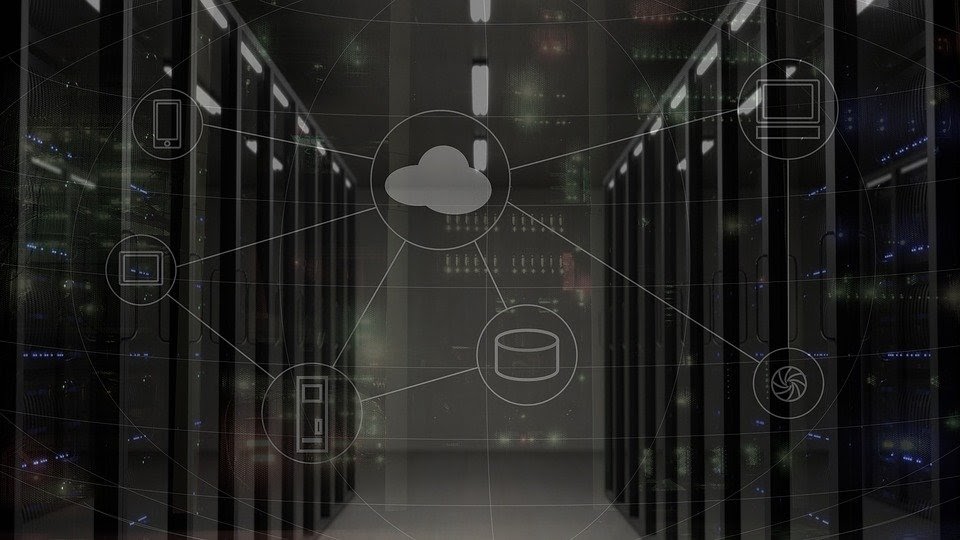
Nowadays, organizations depend on a complex blend of applications varying from custom ones to on-site and software-as-a-service system providers.
In the process of modernizing critical business applications like HR, finance, enterprise resource planning, and sales, companies can leverage the latest methodologies such as TOGAF EA 10th Edition to ensure seamless transitions and enhanced performance.
Needless to say, companies are heavily investing in modernizing their information systems and replacing their outdated technologies with new and better ones. Moreover, Statista reports that direct investments into digital transformation will reach a staggering $6.8 trillion by 2023.
In this day and age, enterprises worldwide are seeking new solutions that might improve their agility efforts, modernize their features and offer the ability to precisely coordinate the app delivery with real-time situations like a remote workforce.
Currently, the leading companies are modernizing applications to improve business’ overall performance, drive innovation and convey their novel products to market more quickly than ever. In this brief guide, we’ll help you discover what application modernization is and why it’s imperative for each aspiring organization out there to modernize its legacy apps.
There are five key strategies that shall guide you during the process. Without further ado, here’s everything that you should know before you kick start the process for your enterprise.
What Is Application Modernization
Application modernization is the process of taking current legacy applications and modernizing their platform foundation, features, and internal structure. More precisely, legacy application modernization is a process in which companies appraise their existing application ecosystem, identify performance gaps and implement improvement possibilities.
Afterward, they establish strategies for presenting those modern features and abilities accordingly and incorporating them into their daily work operations.
If you’re thinking about updating your outdated legacy app software, there are dozens of ways that can help your business thrive and take the next step. These app modernization methods will offer your business the possibility to introduce the most recent functionalities and performance traits available on the market. You can certainly improve various aspects within your information system regarding security, resilience, scalability, and operational tasks automation within your enterprise.
Application security is a top priority if you want to have a smooth modernization process. Make sure that the development process lifecycle is risk-free and secure. Cybersecurity platforms such as Apiiro enable security architects, champions, and developers to automate visibility, compliance assurance, and risk remediation with every change across applications and infrastructure all before production.
Developers can reuse the investments in frameworks, languages, and containers, leveraging the enterprise’s strategic code accordingly. The option of refactoring shares the vast majority of disadvantages of the rehost strategy mentioned above, and even though it creates an impression of being modern, that’s usually not the case. If there are multiple businesses, consider the enterprise service bus (ESB) stack.
The advantages which app modernization puts on the table could be easily outlined in three separate segments:
- First, improving the speed rate of your future features delivery;
- Exposing the features of current applications to be consumed through an application programming interface (API) by other services;
- And finally re-platforming the applications from in-situ to cloud for enhancing the scaling and performance of the pre-existing applications.
The key to prosperity in application modernization, in the end, comes down to strategy and choosing the right application modernization techniques that will fit your needs. Whether you’re trying to modernize your app’s cloud structure, its performance, scalability, speed, or other, you will certainly experience a quick ROI and enhanced customer experience.

Application Modernization Is Considered A Business Imperative
Aging infrastructure obstructs your digital transformation. Therefore without proper infrastructure and capability to provide agile employee efficiency and experiences, you are basically slowing down your product’s time to market.
This is why remaining competitive on the market requires access to the most agile application your enterprise may have. That way you’ll be able to make the most out of your information solutions such as data processing, process automation, and cloud re-platforming which will result in improving your overall business growth.
Consequently, if it’s time to upgrade old systems or make a complete commitment to your ongoing work, application modernization is the cornerstone of a successful and long-lasting IT strategy.
The Five Application Modernization Strategies
Apparently, once you make a decision to modernize your applications, you’ll get five different key migration options—better known as the five Rs of application modernization. Below, we’re discussing each one of those options and the grounds why you should select one over another.
Rehost
Also referred to as the ‘lift and shift’ model, this method includes moving your application’s fundamental resources from an onsite data center to the cloud without any modifications. In this approach, the application base code remains the same. The whole legacy app’s infrastructure should be moved to cloud IaaS (infrastructure-as-a-service), including cloud computing storage and some other network assets.
Although this modernization method is the easiest to apply, this option leaves the application as it is. Trying to take current legacy applications and transfer them to a cloud infrastructure won’t exploit the crucial cloud-based features you require, like for instance, multi-cloud, microservices, PaaS, containers, CI/CD, agile methodology, and DevOps practices.
Refactor
If you go with the second approach, the application base code mostly remains the same while it’s moved to cloud IaaS, including network resources, cloud-based warehousing, and computing.
Developers can reuse the investments in frameworks, languages, and containers, leveraging the enterprise’s strategic code accordingly. The option of refactoring shares the vast majority of disadvantages of the rehost strategy mentioned above, and even though it creates an impression of being modern, that’s usually not the case.

Re-architect
In this option, the monolithic legacy application is re-architected according to the microservices model, containerizing it, and unrolling modern DevOps practices.
This includes decomposing your monolithic application into a set of services that can be deployed, managed, and built separately. It includes decomposing or substantially altering the application into services instead of complete rebuilding.
This ‘divide and conquer’ method poses more control on your business and offers benefits such as reduced cost, enterprise agility, quicker time to market, and a chance for the customer experience reinvention.
Rebuild
To reach the most considerable benefits of the cloud and for your application in order to provide a strategic and more competitive edge to your business, rebuilding is the recommended cloud-based application modernization procedure. This approach includes an essential change and provides the maximum benefit among the five Rs.
It’s similar to re-architecture, but you practically demolish everything and start from scratch instead of just remodeling. This is sometimes more cost-efficient and often has much better output than the remodeling technique.
With the rebuilding approach, the application is rewritten as a cloud-based application, supporting the acceleration of innovation, faster value releasement, and reducing the overall operating expenses.
Replace
If a given legacy application has some function that’s still useful, you have the option to replace it with a more agile cloud-native solution. A classic example is replacing the on-site version of Microsoft Exchange Server with the cloud-supported Office 365. The usage of these services is shifted from an acquired license to pre-paid subscription.
The benefits of this SaaS (software-as-a-service) solution include continually running the most recent version without any need for updates. It provides some other advantages as well, such as improved security, potential cost savings, and gives you the possibility to move the support weight outside of your enterprise.
Final Thoughts
Your competitors are already making investments in their application modernization measures. Now is the right time to invest in taking your most significant applications up to date to enable the most recent features and improve agile delivery.
However, it’s important to remember you won’t have to pilot application modernization alone. A skilled partner can help identify your most relevant business drivers, supply project management, code, develop a customized program based on your business’s IT scenery, and support the implementation across the entire process.


